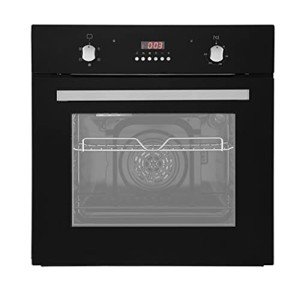Comprehending the Built-In Range: A Deep Dive Into One of the Most Versatile Programming Features
The built-in function range() is among the most commonly utilized features in programming, especially in Python. Its simplicity and versatility make it a necessary tool for developers, engineers, and data scientists alike. In this short article, we will check out the essential aspects of the built-in range function, its syntax, use cases, and some practical examples to assist you take advantage of its power in your coding endeavors.
What is the Built-In Range?
In Python, the range() function produces a series of numbers. It is often utilized for model, particularly within loops, making it possible for programmers to execute a block of code a particular variety of times without manually defining each model.
Syntax of the Range Function
The range() function can take one, two, or 3 arguments, and its fundamental syntax is as follows:
range( start, stop, action).
start: The starting point of the series (inclusive). If omitted, it defaults to 0.
stop: The endpoint of the sequence (special). This argument is required.
action: The distinction in between each number in the sequence. If left out, it defaults to 1.
Examples of Using Range.
Fundamental Usage: Using range() in an easy for loop to print numbers from 0 to 4:.
for i in range( 5 ):.
print( i).
Output:.
0
1.
2.
3.
4.
Specifying a Start and Stop: You can specify both a starting point and an endpoint:.
for i in range( 2, 6):.
built in ovens and microwaves ( i).
Output:.
2.
3.
4.
5.
Using a Step Value: The action specification permits you to manage the increments:.
for i in range( 0, 10, 2):.
print( i).
Output:.
0
2.
4.
6.
8.
Counting Backwards: The action can likewise be negative, permitting counting down:.
for i in range( 5, 0, -1):.
print( i).
Output:.
5.
4.
3.
2.
1.
Practical Applications.
Iterating Over Lists: While utilizing range() is common in for loops, it can also work for repeating over the indices of a list.
fruits = [' apple', 'banana', 'cherry'] for i in range( len( fruits)):.
print( f" i: fruits [i] ").
Output:.

0: apple.
1: banana.
2: cherry.
Creating Number Sequences: The function is useful for producing series of numbers, which you might need for algorithms or information control.
number_list = list( range( 10, 21)).
print( number_list).
Output:.
[10, 11, 12, 13, 14, 15, 16, 17, 18, 19, 20] List Comprehensions: range() works perfectly with list understandings for more condensed expressions.
squares = [x ** 2 for x in range( 5)] print( squares).
Output:.
[0, 1, 4, 9, 16] Conclusion.
The built-in range function is a fundamental function in Python that provides a simple method to produce sequences of numbers, which can be used for a range of programming tasks. Whether you are dealing with loops, creating lists, or executing algorithms, comprehending how to make use of range() is vital for effective Python coding. As you continue to explore the language, you'll unquestionably find new methods to utilize this effective tool, making your programs tasks more effective and structured.
